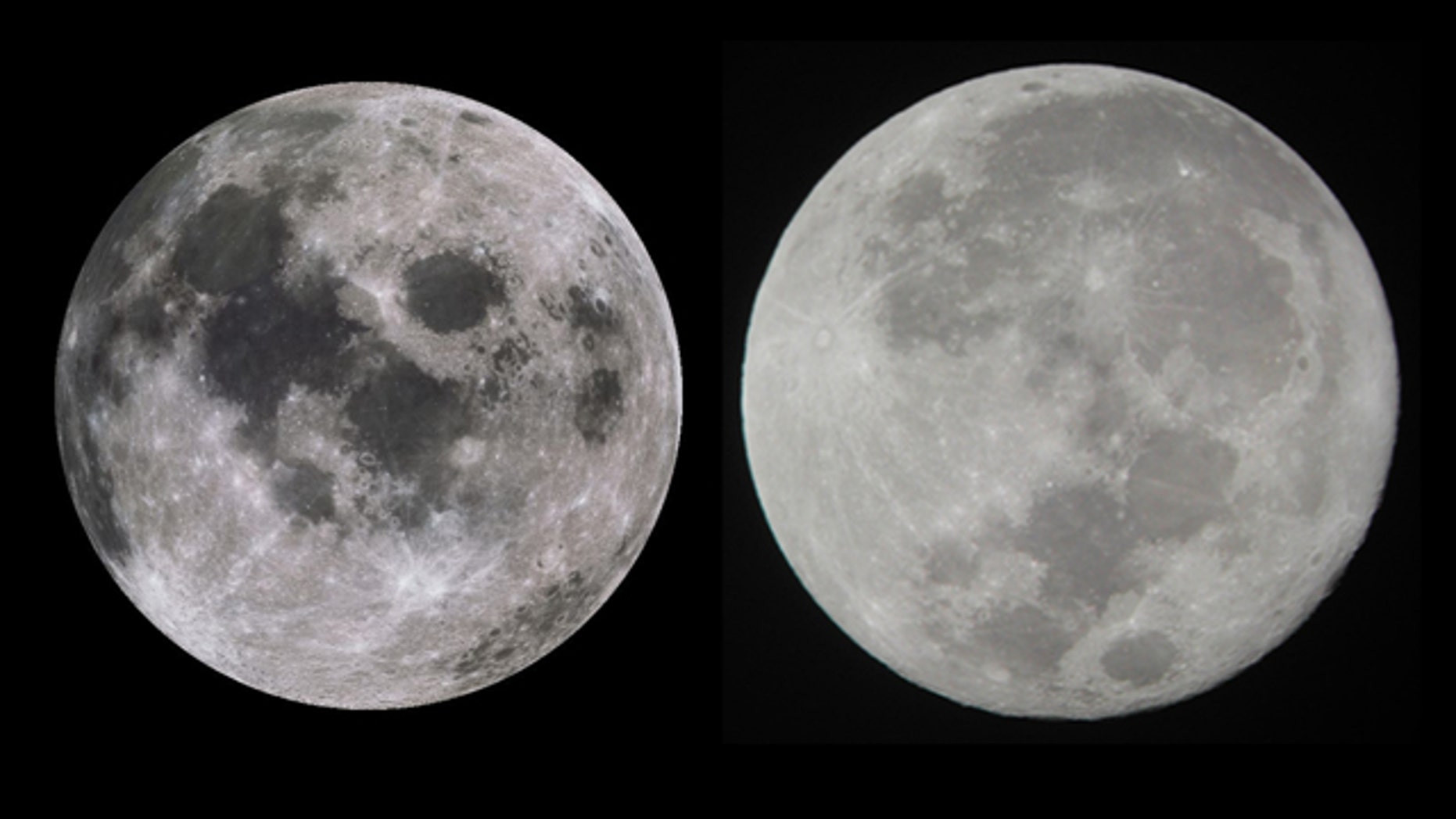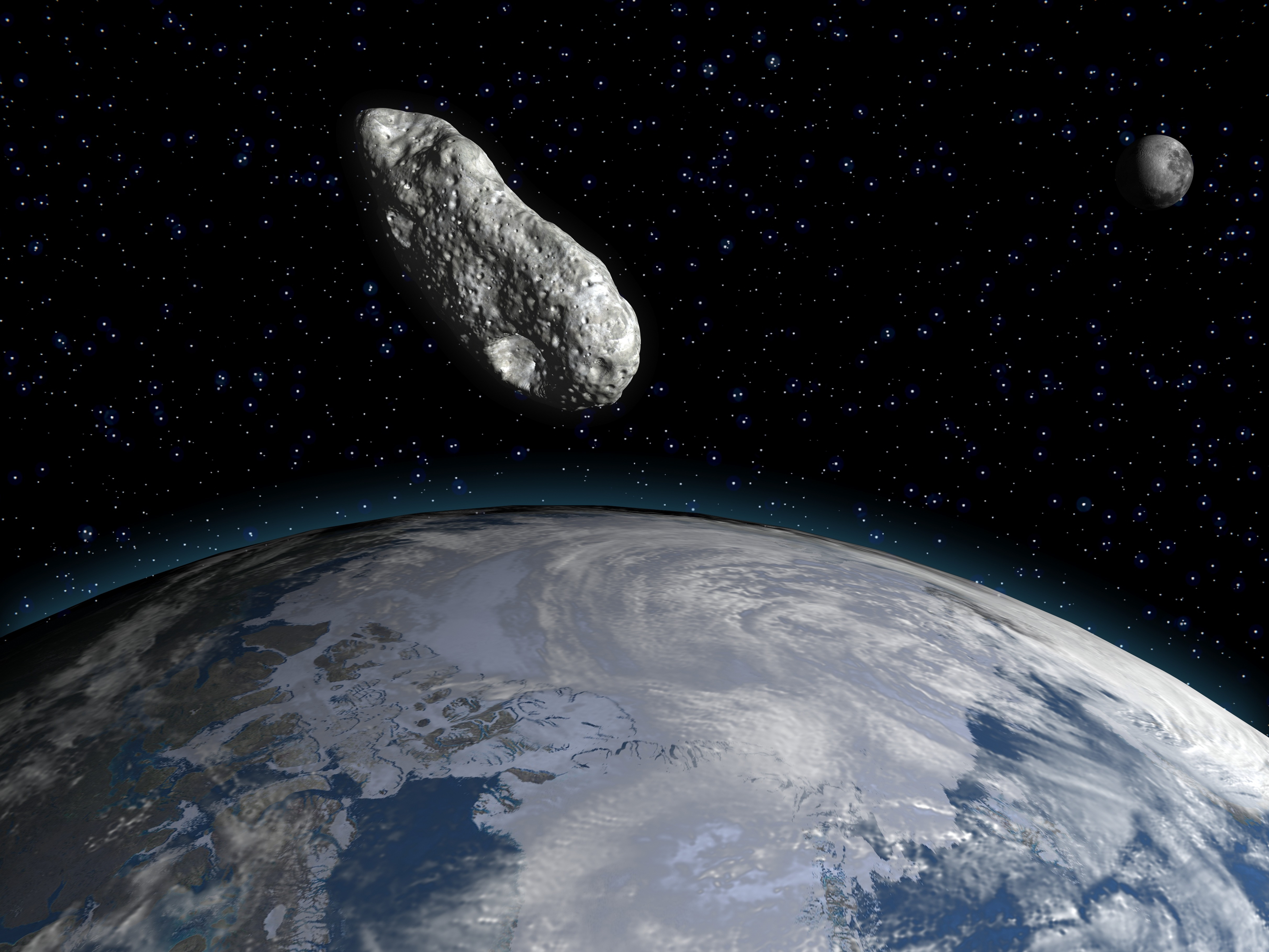Get ready for a cosmic surprise this autumn - Earth is about to get a second moon, according to scientists.
A small asteroid is going to be captured by Earth’s gravitational pull and temporarily become a "mini-moon".
This space visitor will be around from September 29 for a couple of months before escaping from Earth's gravity again.
Sadly the second moon is going to be too small and dim to be seen, unless you have a professional telescope.
The asteroid was first spotted by NASA’s Asteroid Terrestrial-Impact Last Alert System (ATLAS) on 7 August.
Scientists worked out its trajectory in a study published in Research Notes of the American Astronomical Society.
The asteroid, which scientists refer to as 2024 PT5, hails from the Arjuna asteroid belt, which contains rocks that follow an orbit quite similar to Earth’s.
Occasionally, some of these asteroids get relatively close, getting as near as 2.8 million miles (4.5 million km) from our planet.
According to the researchers involved in the study, if an asteroid like this is moving at a relatively slow speed of around 2,200mph (3,540km/h), Earth’s gravitational field can exert a strong influence, enough to trap it temporarily.
Which is exactly what’s about to happen - starting this weekend, this small asteroid will spend about two months orbiting Earth.
"It's not going to complete a full revolution of our planet, it's just going to kind of have its orbit altered, just twisted slightly by our own planet and then it'll continue on its merry way," she said.
The asteroid is approximately 32ft (10m) long, which is tiny in comparison to Earth's moon, which has a diameter of approximately 3,474km.
Because it is small and made of dull rock it will not be visible to people on earth even if they use binoculars or a home telescope.
"Professional telescopes, they'll be able to pick it up. So you'll be able to look out for lots of wonderful pictures online of this little dot kind of moving past the stars at great speed," said Dr Millard.
Mini-moons have been spotted before, and it's thought many more are likely to have gone unnoticed.
Some even come back for repeat visits, the 2022 NX1 asteroid became a mini-moon in 1981 and again in 2022.
So don’t worry if you miss this one - scientists predict 2024 PT5 will also return to Earth’s orbit again in 2055.
"This story highlights just how busy our solar system is and how much there is out there that we haven't discovered, because this asteroid was only discovered this year.
"There are tens of thousands, if not hundreds of thousands, of objects out there that we haven't discovered and so I think this highlights the importance of us being able to continually monitor the night sky and find all of these objects," said Dr Millard.
What is a Mini-Moon?
A mini-moon, also known as a temporarily captured orbiter (TCO), is an asteroid or other small celestial body that becomes temporarily trapped in Earth’s orbit due to the planet’s gravity. While they’re not true moons (like our own), these space visitors can stick around for varying lengths of time, from days to years, before eventually being flung back out into space.
How Does a Mini-Moon Form?
Mini-moons aren’t just random space rocks that get lucky and stumble into Earth’s orbit. There’s a specific set of circumstances that needs to occur:
-
Slow Approach: The asteroid needs to be moving relatively slowly, around 2,200 mph (3,540 km/h). This slower speed allows Earth’s gravity to exert a stronger influence, trapping the asteroid.
-
Right Angle: The asteroid’s trajectory also needs to be just right. It needs to come in at a specific angle, close enough to Earth to be caught by its gravitational pull.
Mini-Moons Aren't New, They're Just Hard to Spot
The fact that we’re getting a second moon, even if it's a temporary one, may sound exciting. But it's not that unusual. In fact, astronomers believe that many mini-moons might have gone unnoticed over the years because of their size.
The mini-moon that's about to join Earth’s orbit for a few months is about 32ft (10m) long, which is pretty small. It's no wonder that many mini-moons are likely undetected, they're just too small to be spotted by our telescopes, except for professional ones.
One example of a mini-moon that was spotted previously is the asteroid 2022 NX1, which became a mini-moon in 1981 and again in 2022. This suggests that some of these asteroids may return to Earth's orbit for repeat visits.
2024 PT5: Earth's New Mini-Moon
So, what about the mini-moon that's coming our way? When will it show up, and how long will it stay? Well, the asteroid, 2024 PT5, is set to enter Earth’s orbit on September 29. While its exact departure date is uncertain, astronomers predict it will escape Earth’s gravitational hold sometime in November, likely around the 25th.
Although it's a mini-moon, it's going to be hard to see, even with binoculars. It's just too small and faint, but it's a fascinating reminder of the vast and ever-changing nature of our solar system.
What Will We Learn?
Although the mini-moon is going to be too small to be seen with the naked eye, it's going to offer astronomers a valuable opportunity to study a small asteroid up close, and even to learn more about its composition. This new information may shed light on other asteroids, including ones that could pose a potential threat to Earth.
The Importance of Monitoring the Night Sky
As Dr. Millard pointed out, the fact that we are only just now discovering this mini-moon highlights the vast number of objects that remain undiscovered in our solar system. This emphasizes the need for continued monitoring of the night sky to improve our understanding of our cosmic neighborhood and to better prepare ourselves for any potential threats.
Final Thoughts: A Tiny Visitor, a Big Reminder
This mini-moon may be a small object, but it’s a big reminder of the dynamic and fascinating world we live in. From the vastness of space to the tiniest asteroid, there's always something new to discover, something to learn. As we continue to explore the cosmos, we'll likely find even more surprising objects like this mini-moon, reminding us of the wonders that await us in the universe.


















